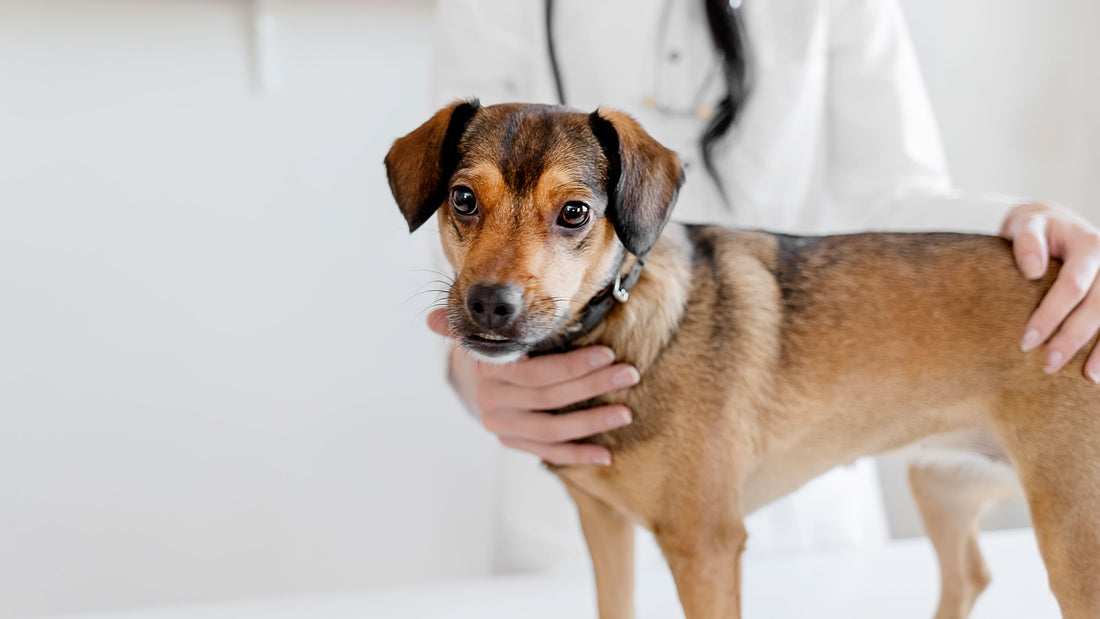
One Effective Lipoma Dog Treatment
Humans and dogs have quite a bit in common, including suffering from a few similar medical conditions. While most people know that serious issues such as cancer can develop in dogs, it may not be as well known that lipomas also affect canines. A dog lipoma condition is quite similar to a humans where a tumor made of body fat develops just under the skin. The location of a dog lipoma is usually along the shoulders, hindquarters, and neck, although it can appear almost anywhere.
The causes for dog lipomas are not well known, just like in humans. However, there are some similarities in terms of the conditions needed for the dog to develop this condition.
What Dogs are Vulnerable?
While there may be some breeds of dogs that are more vulnerable to a lipoma, it can affect any dog. The common conditions are similar to humans and include the following;
• Family History of Lipoma
• Obesity
• Injury
Basically, if the parents of the dog had a lipoma, it means that your dog might develop it as well. Being overweight is another risk condition for lipomas, so keeping the dog active and eating healthy may reduce the chances they develop any fatty tumors. If a dog should be injured, such as a puncture wound or deep bruise, it may create the conditions for the development of a fatty tumor.
Most dogs that develop one fatty tumor will usually develop several. Just like in humans, the lipoma dog tumors are benign, painless, and generally harmless unless they grow considerably in size. Depending on their location, they can become large enough to impede movement or create pressure points which makes sitting or lying down in certain positions uncomfortable for the dog.
Best Treatment for Lipoma on Dog:
There are a few treatments available for reducing the size of the lipoma dog tumor starting with exercise. While exercise can burn away the fat, there is no guarantee that the fatty tumor itself will be reduced. Another method is surgery which will remove the tumor, but there are small risks involved. It is also one of the more expensive treatments available.
One device used to treat lipoma in humans is gaining favor for those who own dogs with this condition. The lipoma wand is safe, effective, and can be used to get rid of several tumors over time. The wand has proven to be the best treatment for lipoma that can be performed at home.
You simply apply oil to the dog’s skin above the lipoma to prevent scratching and rub the device over the top as instructed. You should see the lipoma reduction starting with the first treatment. In addition, the lipoma wand can be used to treat future tumors that may develop.
Be sure to consult with your veterinarian before using the wand. Plus, excessively large tumors may be better treated with surgery or other procedures. However, for most dog lipoma conditions, the lipoma wand is arguably the best way to reduce and eliminate the fatty tumors from your pooch.